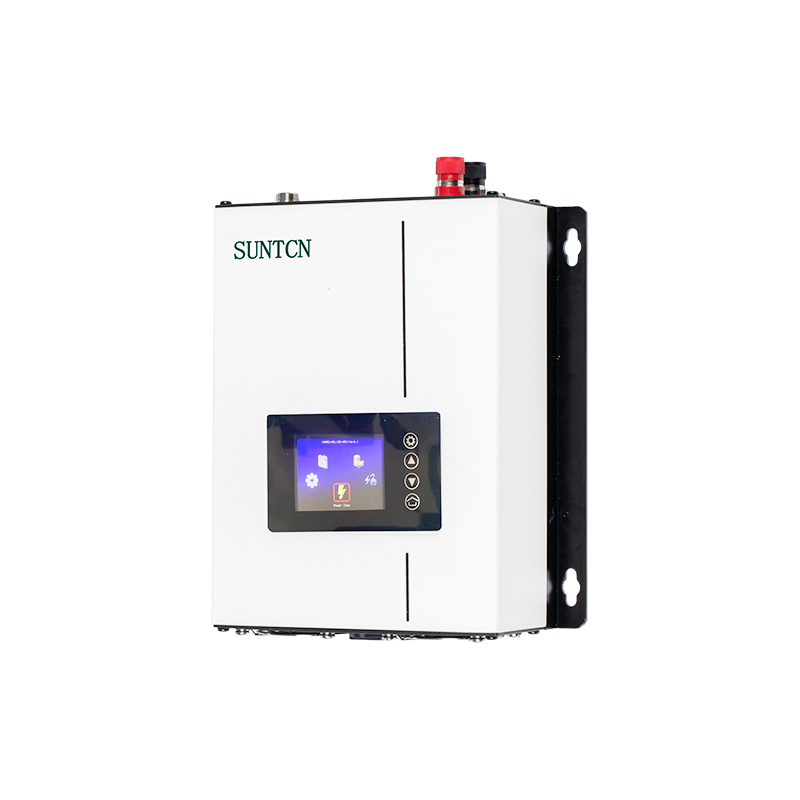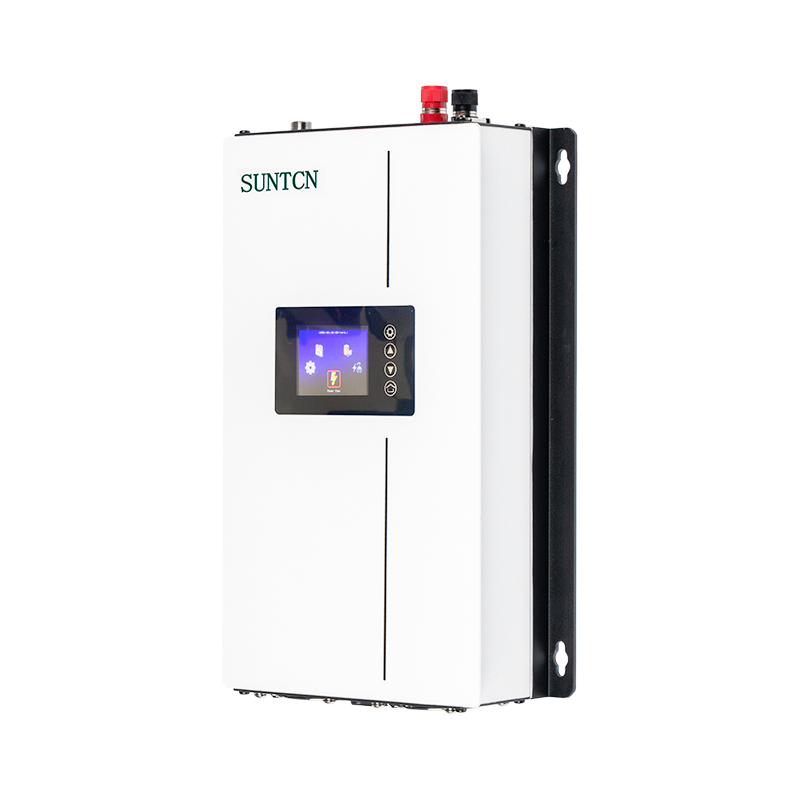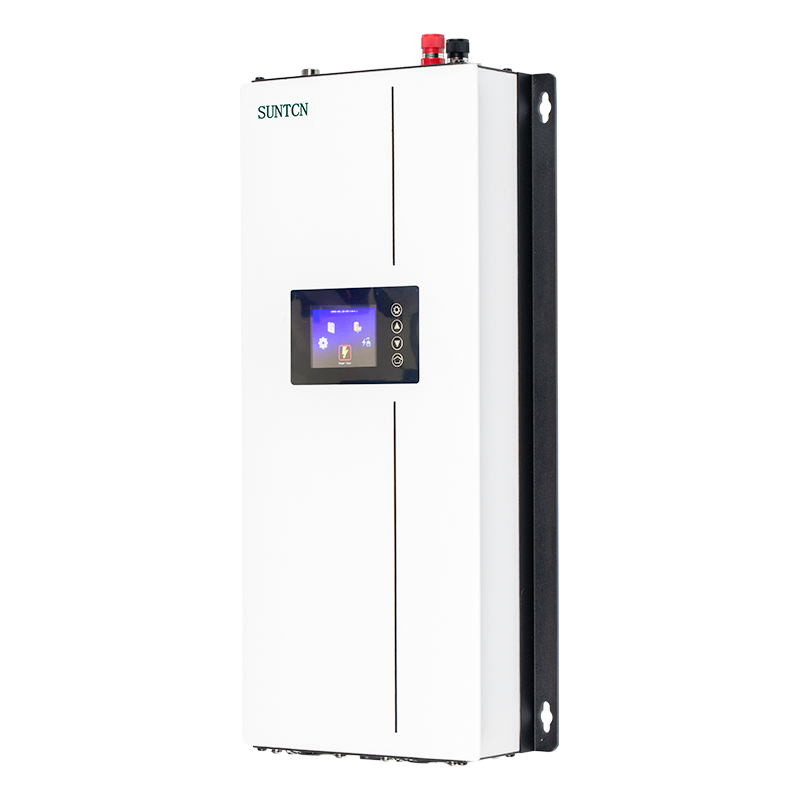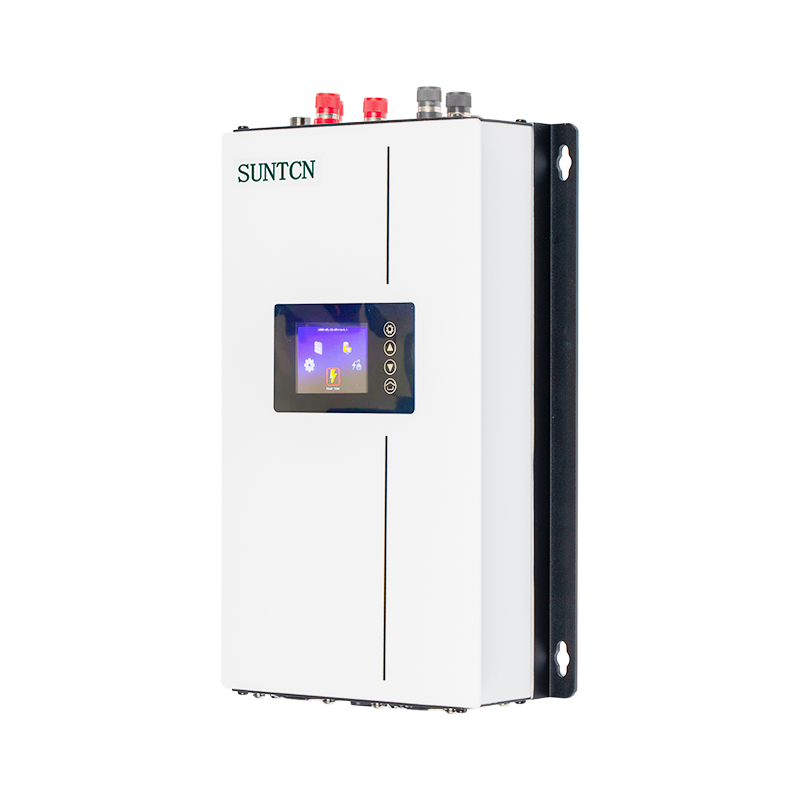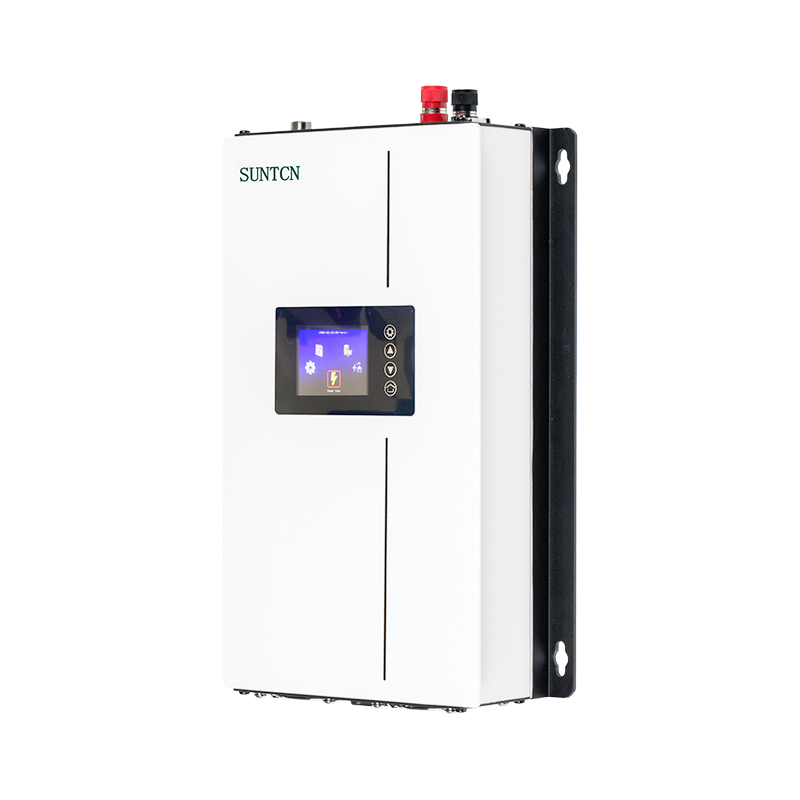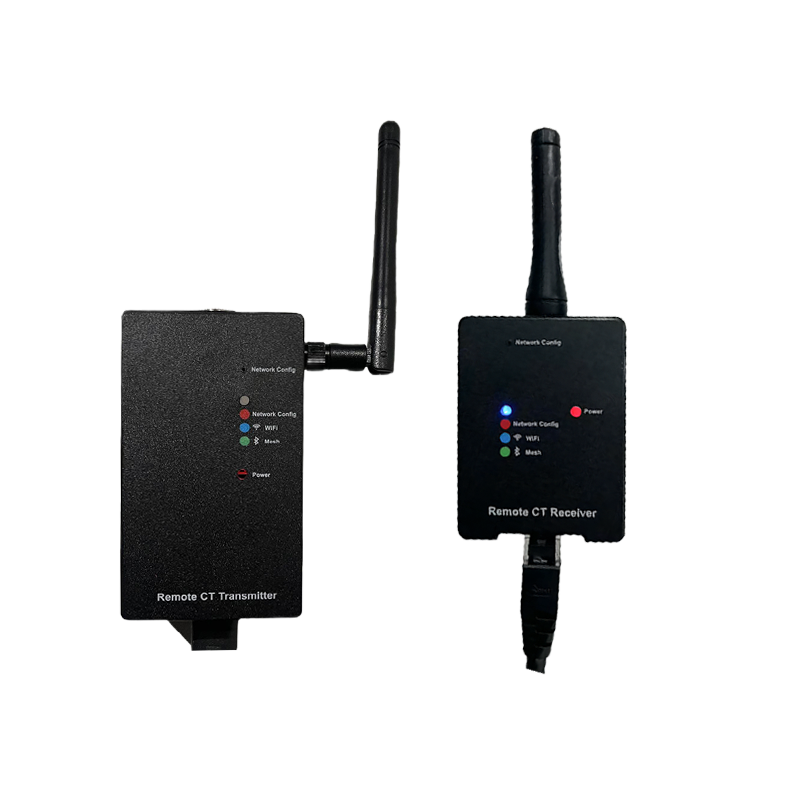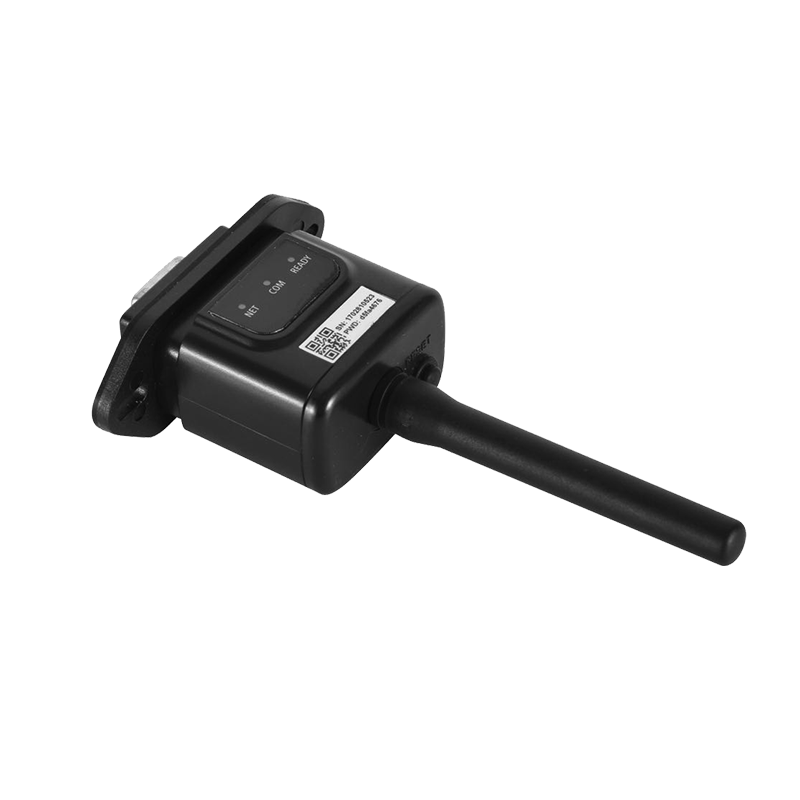As global energy demands increase and the push for renewable energy grows, wind power has emerged as one of the promising solutions. But generating electricity from a wind turbine is only part of the equation. To effectively integrate this energy into the main power grid, a critical device is required: the wind-turbine grid tie inverter. But what exactly is a grid tie inverter, and how does it impact the efficiency, reliability, and sustainability of wind energy systems?
What Is a Wind-Turbine Grid Tie Inverter?
A wind-turbine grid tie inverter (GTI) is an electronic device that converts the direct current (DC) electricity produced by a wind turbine into alternating current (AC) that matches the voltage, frequency, and phase of the local electrical grid. Unlike off-grid inverters, which supply standalone systems, a grid tie inverter is designed specifically to synchronize with the public utility grid, allowing surplus electricity to be fed into it.
In essence, the grid tie inverter acts as a bridge between the renewable energy system and the conventional electricity network, enabling seamless integration and the utility of wind power.
Why Is a Grid Tie Inverter Essential for Wind Energy Systems?
Without a grid tie inverter, the electricity generated by a wind turbine cannot be safely or efficiently used in a home or fed into the main grid. Key reasons for its necessity include:
Voltage and Frequency Matching: Ensures compatibility with the grid and prevents disruptions.
Energy Conversion: Transforms variable DC from the turbine into stable AC suitable for household or industrial use.
Safety Mechanisms: Prevents backfeeding during power outages, protecting utility workers and equipment.
Maximizing Efficiency: Optimizes power output to make the of available wind energy.
A grid tie inverter is thus a critical component for modern, grid-connected wind energy systems.
How Does a Wind-Turbine Grid Tie Inverter Work?
The operation of a grid tie inverter involves several advanced functions:
DC to AC Conversion – Converts the variable DC output of the wind turbine into AC electricity.
Grid Synchronization – Adjusts the frequency, voltage, and phase to match the grid’s parameters.
Power Point Tracking (MPPT) – Optimizes the turbine’s output under varying wind speeds.
Protection and Safety Features – Includes anti-islanding, over-voltage, under-voltage, and short-circuit protection.
By performing these functions, the inverter ensures that the energy from a wind turbine is safe, reliable, and immediately usable.
What Are the Advantages of Using a Wind-Turbine Grid Tie Inverter?
Grid tie inverters offer numerous benefits for both residential and commercial wind power applications:
Seamless Integration: Connects directly to the grid without complex modifications.
Energy Efficiency: Maximizes the output from wind turbines using MPPT technology.
Cost Savings: Allows surplus electricity to be sold back to the grid, reducing utility bills.
Safety and Compliance: Meets electrical standards and prevents hazards associated with backfeeding.
Scalability: Supports small home systems to large commercial installations.
Monitoring and Control: Modern inverters often include real-time monitoring and remote management.
These advantages make grid tie inverters indispensable for modern wind energy systems.
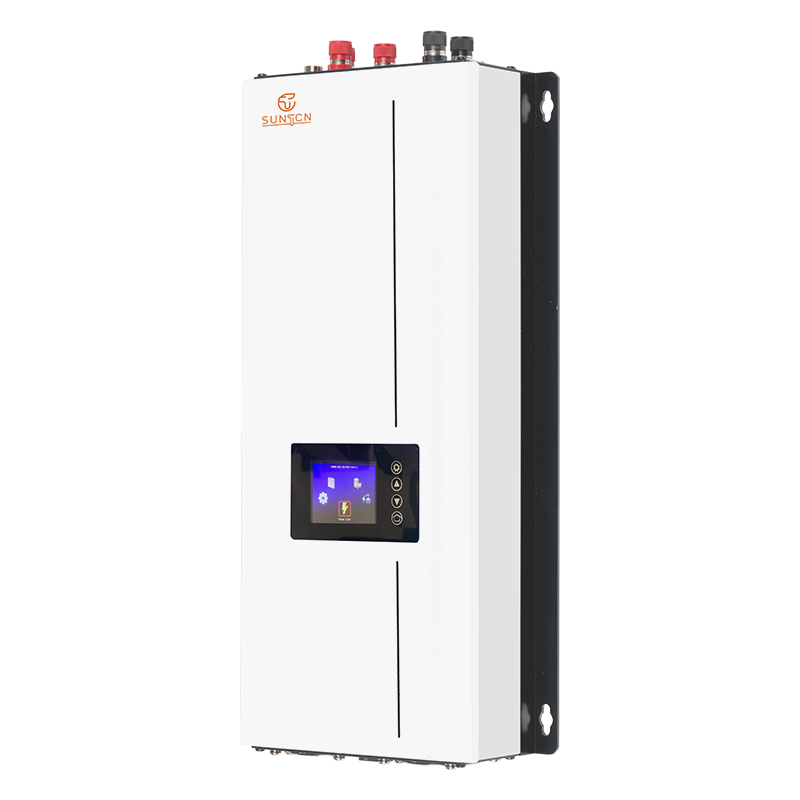
How Do Grid Tie Inverters Handle Variable Wind Speeds?
Wind energy is inherently intermittent, and turbines produce electricity at varying voltages and frequencies. Grid tie inverters manage this variability through:
Power Point Tracking (MPPT): Adjusts the operating point of the turbine to extract the possible energy at any wind speed.
Voltage Regulation: Stabilizes fluctuating DC inputs before converting to AC.
Frequency Synchronization: Ensures that the AC output always matches the grid frequency.
By addressing these challenges, the inverter ensures consistent, high-quality electricity that meets grid standards.
What Are the Key Safety Features of a Wind-Turbine Grid Tie Inverter?
Safety is a major concern when connecting renewable energy systems to the grid. Grid tie inverters include several features to protect both the system and utility workers:
Anti-Islanding Protection: Automatically shuts down the inverter if the grid goes down to prevent backfeeding.
Overvoltage and Undervoltage Protection: Safeguards both the turbine and household appliances.
Overcurrent Protection: Prevents damage due to sudden spikes in electricity flow.
Thermal Management: Maintains safe operating temperatures, preventing overheating.
These features make grid tie inverters reliable and secure components in renewable energy infrastructure.
How Do Wind-Turbine Grid Tie Inverters Impact Energy Efficiency?
Efficiency is critical for any renewable energy system. Grid tie inverters improve overall system efficiency by:
Optimizing Power Output: MPPT technology ensures that turbines produce electricity.
Reducing Energy Losses: Converts DC to AC with minimal losses.
Grid Synchronization: Minimizes wasted electricity by precisely matching voltage and frequency.
Monitoring Performance: Advanced inverters provide insights to maintain system operation.
As a result, these inverters maximize the return on investment for wind energy systems.
How Do Grid Tie Inverters Contribute to Sustainable Energy Goals?
Wind-turbine grid tie inverters play a vital role in promoting renewable energy adoption and reducing carbon emissions:
Supports Clean Energy Integration: Makes it easier for homes and businesses to use wind power.
Reduces Fossil Fuel Dependency: Increases the share of green energy in the grid.
Encourages Distributed Generation: Homeowners and small businesses can contribute to the energy network.
Promotes Energy Savings: Excess electricity fed into the grid helps balance demand and reduce peak energy generation from non-renewable sources.
By enabling efficient grid connection, inverters directly advance global sustainability initiatives.
How Do You Choose the Right Wind-Turbine Grid Tie Inverter?
Selecting an appropriate inverter requires careful consideration of several factors:
Power Rating: Must match the turbine’s output.
Voltage Range: Compatible with the turbine and grid specifications.
MPPT Efficiency: Determines how effectively energy is captured from variable wind.
Monitoring Capabilities: Remote monitoring can simplify maintenance.
Durability: Weather-resistant and capable of handling harsh conditions.
Compliance: Meets local electrical and safety standards.
A properly chosen inverter ensures performance, safety, and longevity of the wind energy system.
How Do Grid Tie Inverters Compare With Off-Grid Inverters?
While both types convert DC to AC, grid tie and off-grid inverters have distinct purposes:
Grid Tie Inverters: Designed to feed electricity into the grid, synchronize voltage and frequency, and maximize output for net metering.
Off-Grid Inverters: Provide electricity to standalone systems, usually with batteries, without connection to the utility grid.
Wind energy systems intended for homes or commercial buildings connected to the utility grid must use grid tie inverters for safe, legal operation.
How Is Technology Improving Wind-Turbine Grid Tie Inverters?
Recent advancements are making inverters more efficient, intelligent, and user-friendly:
Smart Monitoring: Real-time data on energy production and system health.
Advanced MPPT Algorithms: Extract higher efficiency even at low wind speeds.
Compact and Lightweight Designs: Easier to install and maintain.
Integration With Hybrid Systems: Compatible with solar, battery storage, or smart grids.
Remote Firmware Updates: Keeps the system optimized without physical intervention.
These innovations ensure that grid tie inverters remain at the cutting edge of renewable energy technology.
Conclusion
So, why is a wind-turbine grid tie inverter critical for renewable energy systems? Because it is the key device that allows wind-generated electricity to enter the grid safely, efficiently, and reliably. It enhances energy efficiency, ensures safety, and supports global sustainability efforts.
From residential rooftops to commercial wind farms, grid tie inverters are not just auxiliary components—they are central to the functionality and value of wind energy systems. As technology continues to advance, these inverters will play an increasingly vital role in the transition toward a cleaner, greener, and more sustainable energy future.

 English
English Español
Español Deutsch
Deutsch